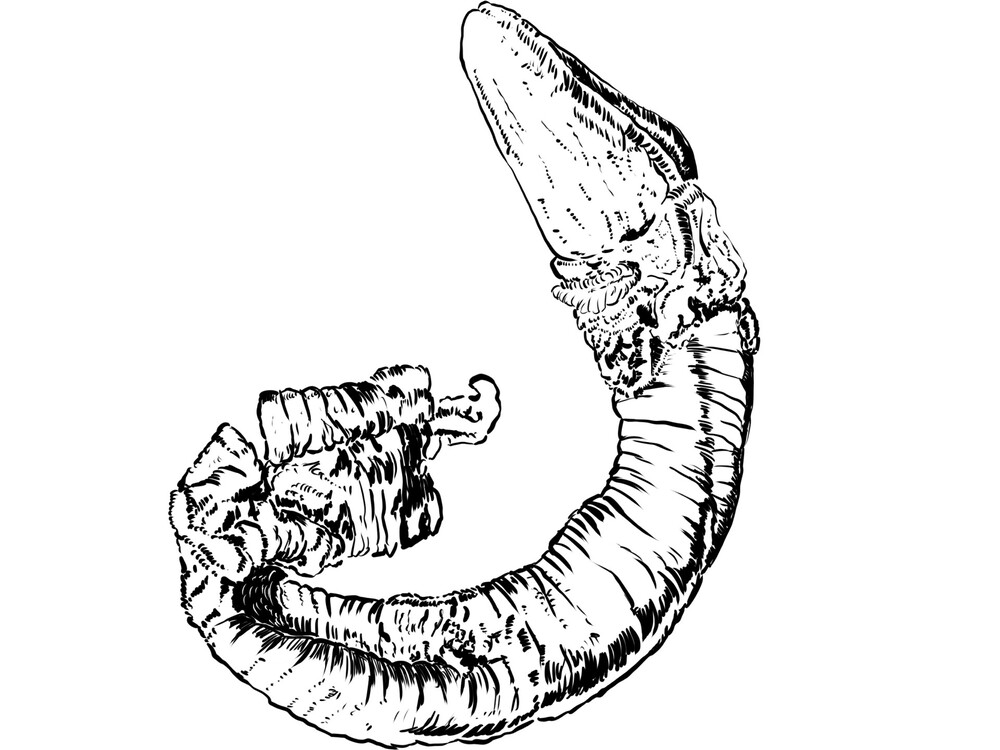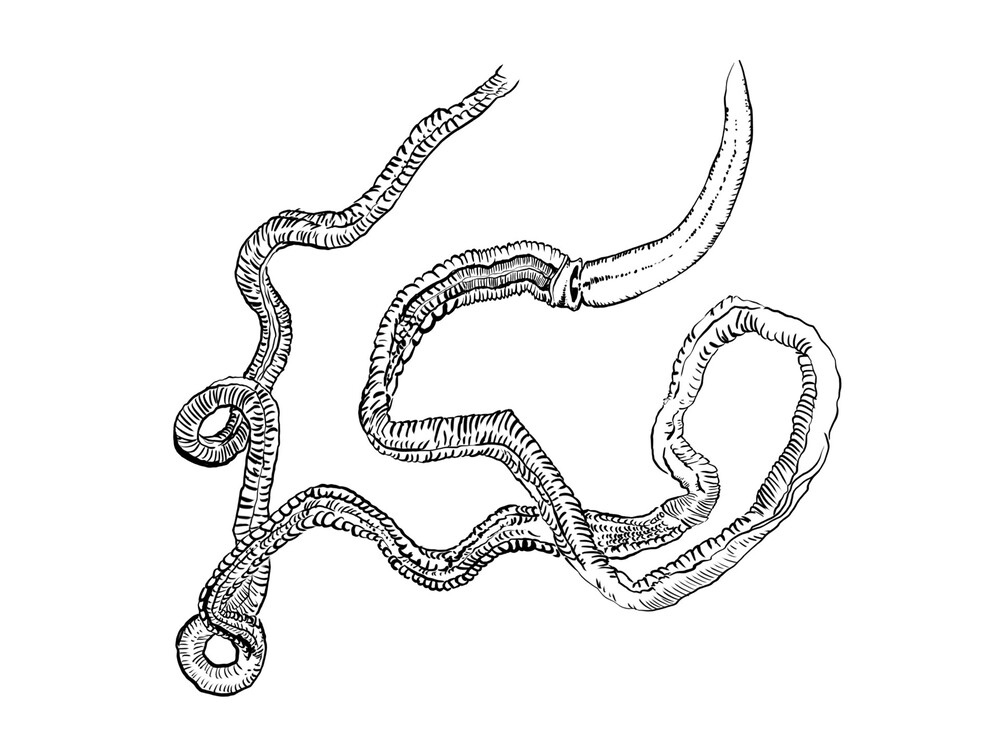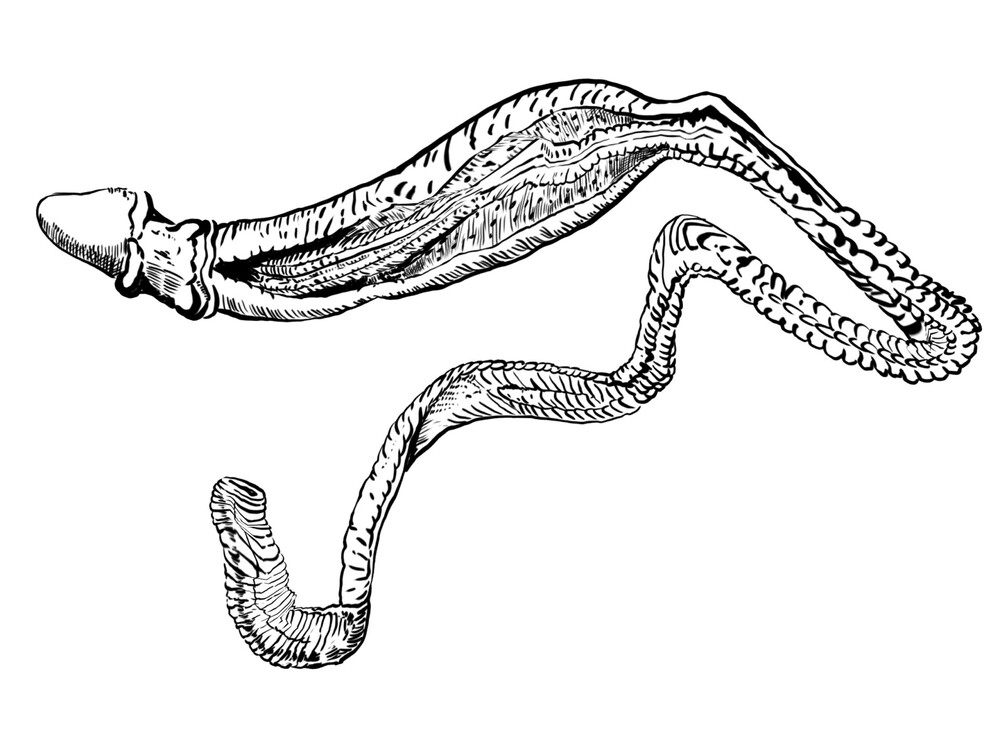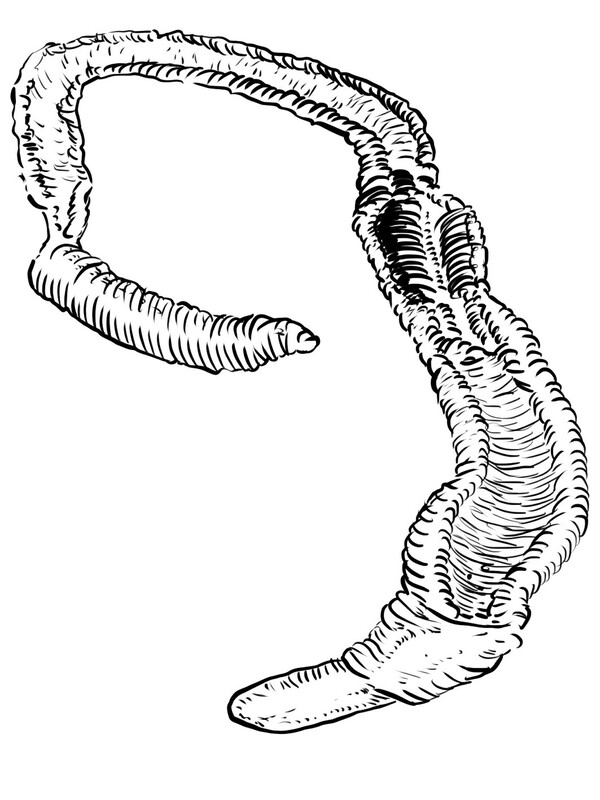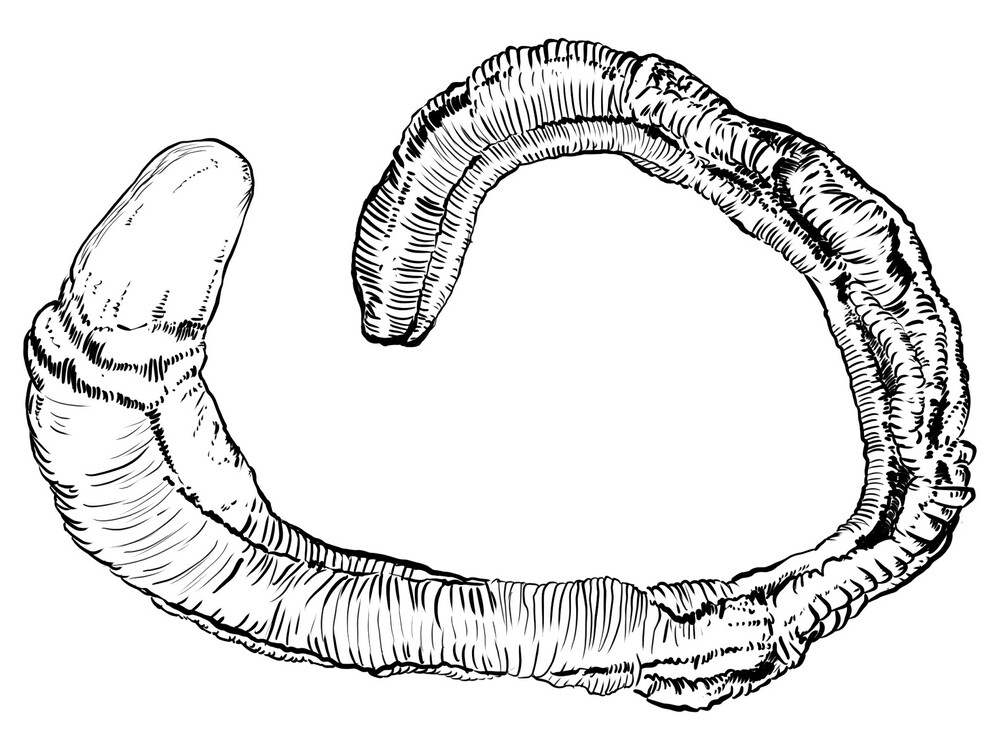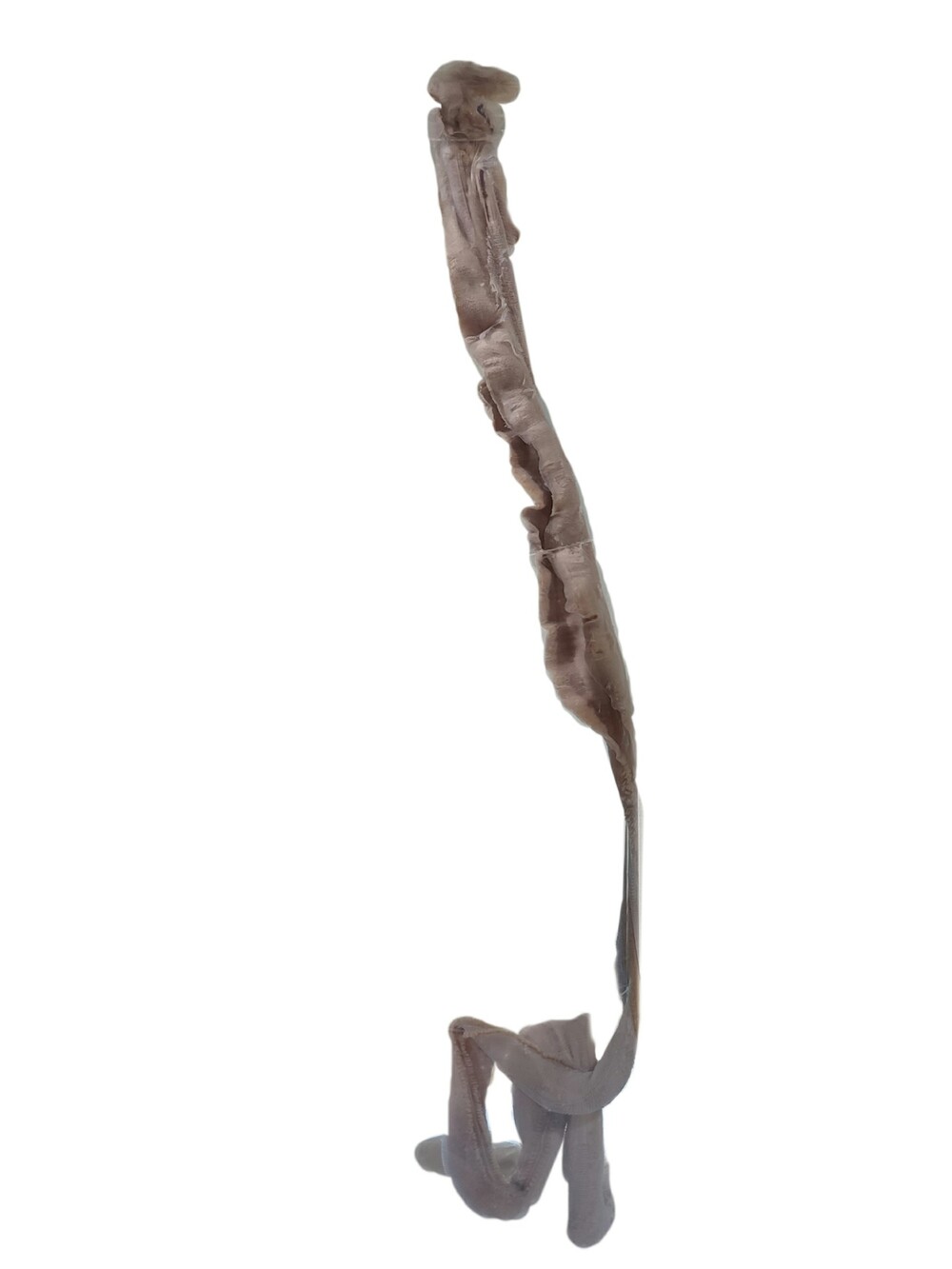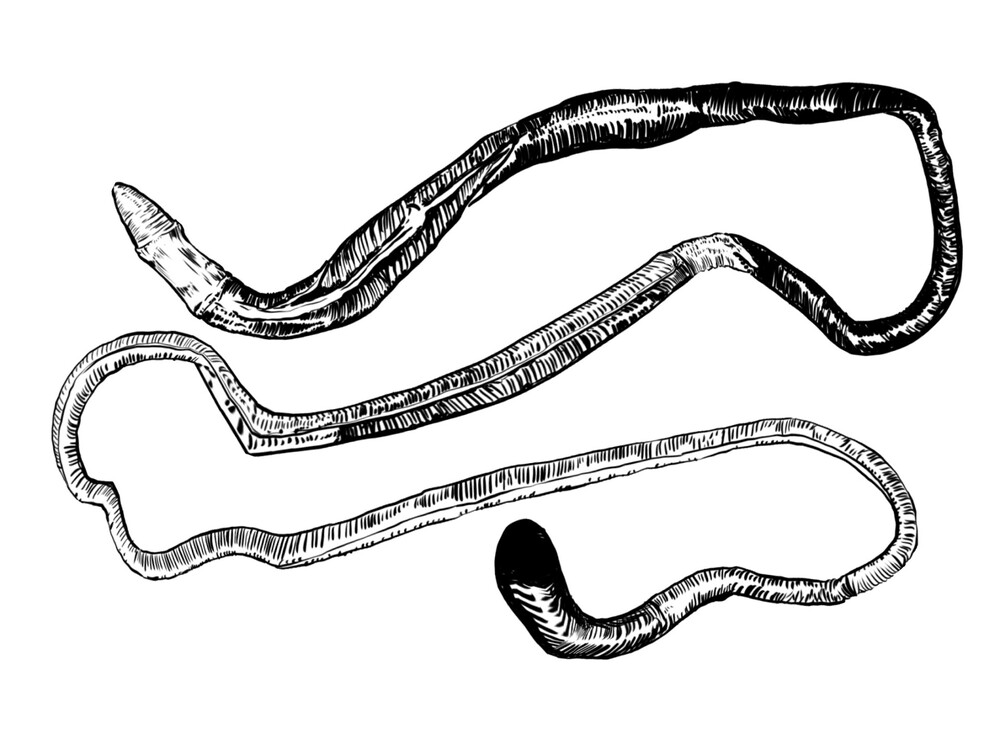Qingdao Oakhead Worm
IUCN
Level 2Basic Information
Scientific classification
- name:Qingdao Oakhead Worm
- Scientific Name:Glandiceps qingdaoensis,Qingdao rough kissing insect
- Outline:Hemichordata
- Family:Enteropneusta Spengelidae Glandiceps
Vital signs
- length:330mm
- Weight:
- lifetime:
Feature
The island oakworm is the first wingless species of the Aconidae family discovered in Chinese waters.
Distribution and Habitat
Domestically distributed in Shandong. It inhabits subtidal zones and lurks on sandy or muddy bottoms.
Appearance
The snout is long, subconical, and grooved ventrally and dorsally. The back area of the collar has obvious grooves and is full of creases. Gill openings are small. The trunk is subcylindrical. The body is yellow with irregular brown markings.
Details
Glandiceps qingdaoensis (scientific name: Glandiceps qingdaoensis), also known as Glandiceps qingdaoensis, is an enterobranchial species distributed in the subtidal zone of the central and western Jiaozhou Bay, Qingdao City, Shandong Province, China. Acrocephalidae) Acornworm genus. The Qingdao acornworm is the first wingless acornworm species discovered in Chinese waters.
The whole body is yellow with irregular brown markings on the surface. The snout is long and grooved ventrally and dorsally. The collar cord does not have huge nerve roots. The trunk is divided into four parts, from top to bottom they are the gill area, reproductive area, liver area and intestinal area. The back of the pharynx is larger and the gill openings are smaller.
In appearance, the Qingdao oakworm looks like a shelled razor clam at first glance: light yellow in color, "fleshy" all over its body, and almost as thick and thin as an adult's little finger. Unlike common razor clams, the Qingdao oakworm has no shell and its body looks more like a thick earthworm.
Researchers have discovered it as early as the 1980s, but no one thought it was a new species. Instead, they regarded it as an acorn worm, and it did not attract the attention of the academic community for a long time. During the dissection process, Li Xin found that the Qingdao acornworm was significantly different from the acornworm in many aspects. For example, the acornworm had a gill structure. After rigorous scientific research, it was discovered that the Qingdao acornworm was a brand new species that was found worldwide. It only exists in Jiaozhou Bay in Qingdao, China.
The delineation standard for large ground-dwelling animals is "sifted" with a 0.5 mm sieve. The largest acornhead worm found in Qingdao is 10 cm long. They live in the sea area of tens of kilometers near Huangdao and are "hidden" In the sea mud at a depth of three to four meters, they mainly eat organisms and humus in the sea mud, but there is no precise study on the food chain of organisms.
According to the theory of evolution, the evolution of animals is based on the "upgrading" of invertebrates, chordates, and vertebrates. The Qingdao oakworm is in the transition from invertebrates to chordates, and is a hemichordate, so it is on the earth. It is older than amphioxus, which is where the scientific research value of Qingdao oakworm lies.
Included in the "China National Key Protected Wild Animals List" Level 2.
